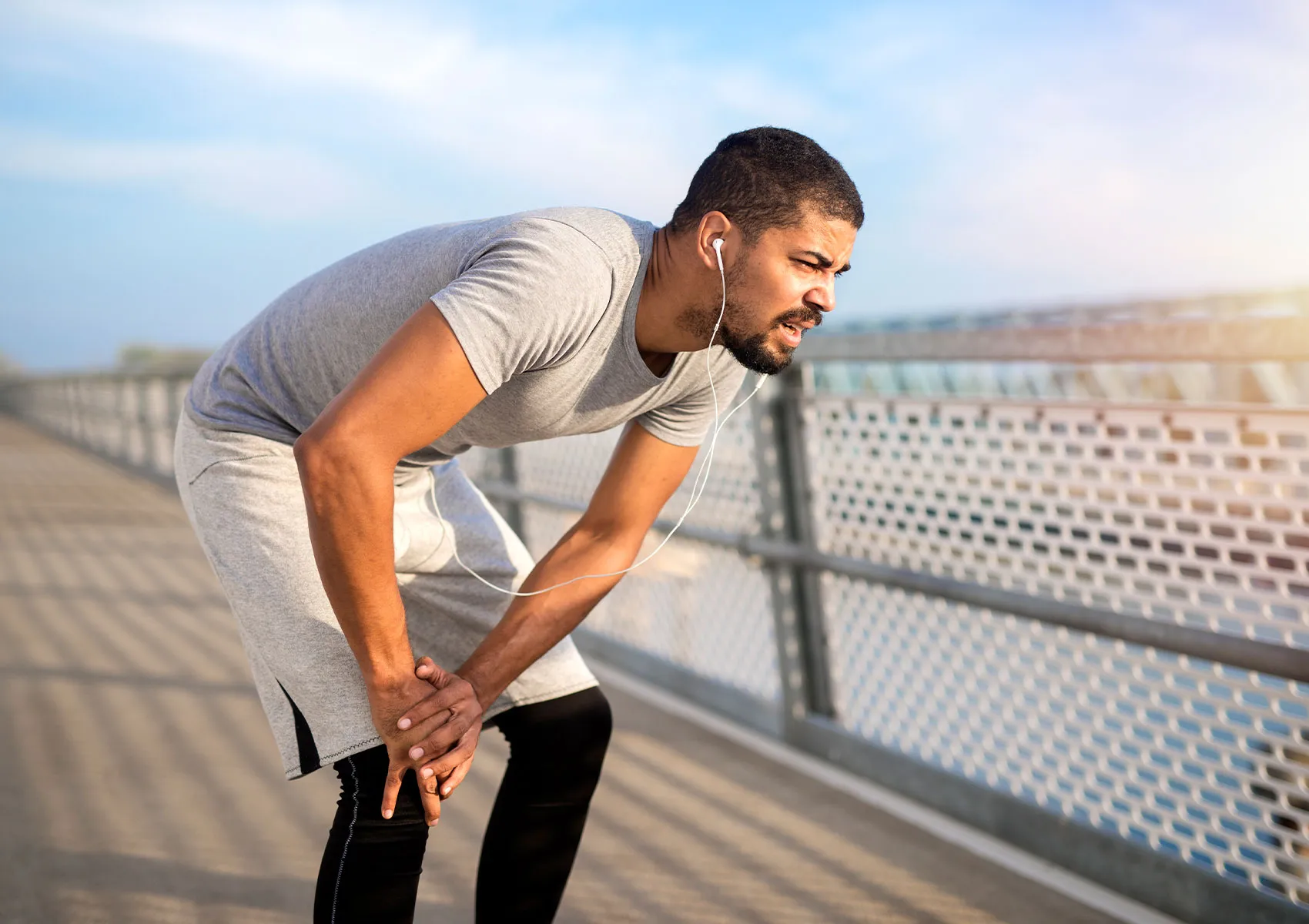Is Pain During Exercise Normal?
Is pain during exercise always a bad sign? Is it part of muscle growth or an early warning of injury? These are common questions asked by both beginners and experienced athletes.
The key is to correctly interpret the body’s signals. Distinguishing between physiological (normal) and pathological (abnormal) pain is essential for safe and effective training. In this article, we explore the types of pain that can occur during physical activity, their causes, and how to identify when to stop and seek help.
What Is Pain? When Is It Considered Normal?
Pain is a protective mechanism. But not all pain means you’re injured.
Normal (Physiological) Pain
-
Muscle soreness that starts 24–48 hours after exercise (DOMS – Delayed Onset Muscle Soreness)
-
Common after strength training or unfamiliar movements
-
Caused by microscopic damage to muscle fibers
-
Usually resolves within 2–3 days and is part of muscle adaptation
Abnormal (Pathological) Pain
- Sharp, sudden pain during exercise
- Persistent pain felt deep within joints or tendons
- Pain accompanied by swelling, bruising, or restricted motion
- Recurrent pain in the same area or a sense of weakness
- Pain that doesn’t go away with rest or worsens at night
Common Causes of Pain During Exercise
1. Inadequate Warm-Up and Cool-Down
Cold muscles are more prone to strain and injury.
2. Poor Technique
Improper form can place undue stress on joints like the back, shoulders, and knees.
3. Overtraining
Not allowing the body enough time to rest and recover can cause breakdown instead of growth.
4. Muscle Imbalances
Uneven strength between opposing muscle groups can lead to poor joint alignment and pain.
5. Improper Shoes or Surfaces
Wearing the wrong footwear or training on hard or uneven surfaces may increase the risk of ankle and knee injuries.
Should You Continue Exercising While in Pain?
If the pain is from DOMS (muscle soreness):
Yes, but reduce the intensity and focus on active recovery.
If the pain is sharp, joint-related, or persistent:
No. Stop the activity and consult an orthopedic or sports medicine specialist.
When to See a Doctor
- Pain lasts more than a few days
- Pain interferes with daily movement
- Swelling, redness, or warmth around a joint
- Instability or locking in joints (e.g., knee giving out, shoulder clicking)
- Recurring pain in the same area
Tips for Pain-Free Training
Always warm up and cool down properly
Learn correct technique and posture
Increase training intensity gradually
Prioritize muscle control over heavy loads
Take at least 1–2 rest days per week
Get enough sleep and proper nutrition
Don’t mask the pain—understand its cause
FAQ
-
Is muscle soreness after exercise a good sign?
Yes. DOMS indicates muscle adaptation and recovery after effective training.
-
Can I train with pain?
Depends on the type. Mild muscle soreness is usually fine. Joint or sharp pain is not.
-
How can I tell the difference between muscle pain and injury?
Muscle soreness is general and dull. Injury pain is sharp, localized, and may affect movement.
-
Should I use heat or cold for pain?
Use ice for acute injuries and heat for chronic stiffness or tension.
-
How long does post-workout soreness last?
DOMS typically resolves within 2–3 days. Pain lasting longer may indicate injury.

